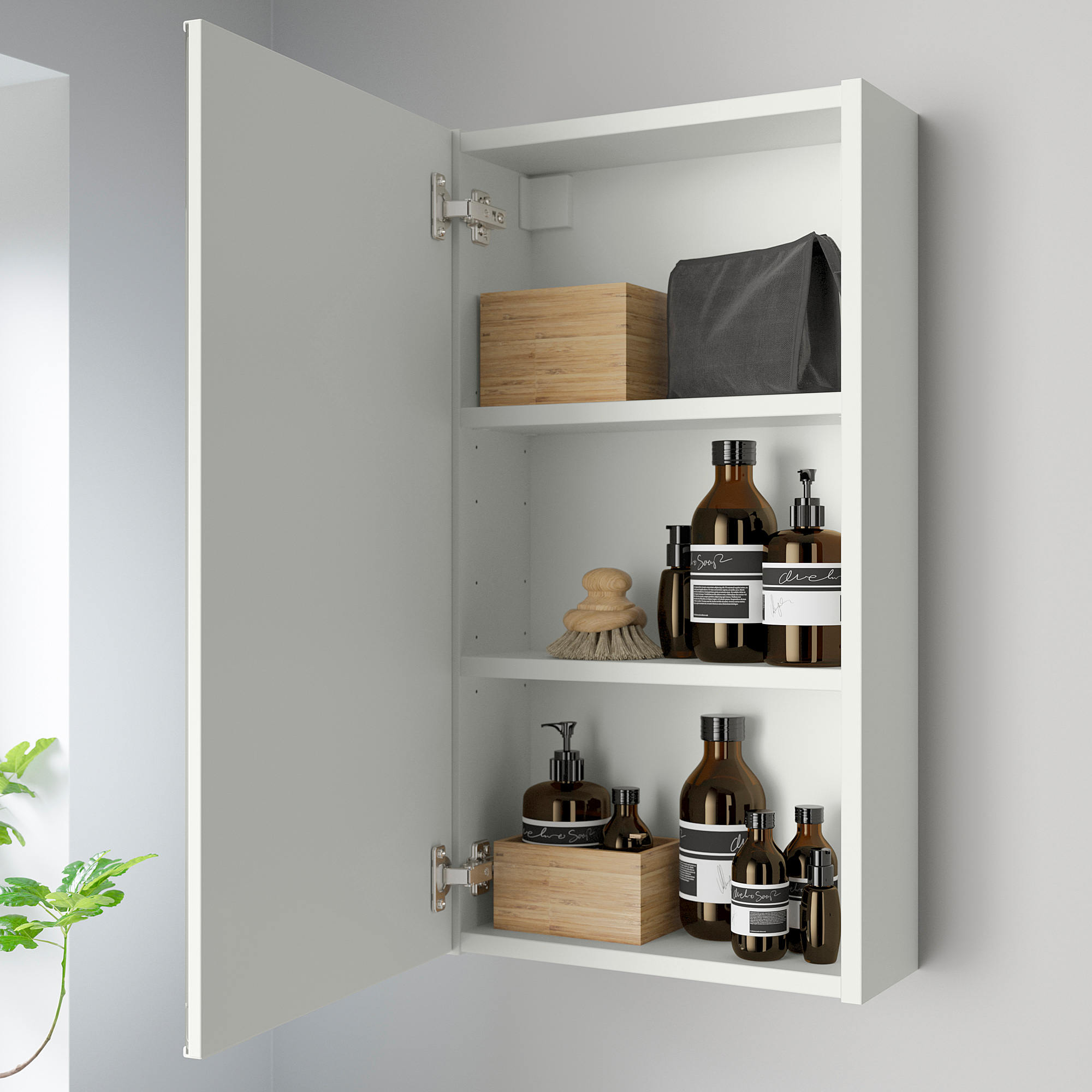Tempered Glass

Tempered glass, a material known for its exceptional strength and resilience, stands as a superior choice for wall cabinets, offering a blend of durability and aesthetic appeal. Its unique properties make it a practical and stylish addition to any home.
Strength and Safety
Tempered glass is significantly stronger than regular glass, making it ideal for withstanding the rigors of everyday use. The tempering process involves heating the glass to a high temperature and then rapidly cooling it, creating a surface layer that is under compression. This process makes the glass five times stronger than standard glass, resisting scratches, impacts, and thermal shock. In the event of breakage, tempered glass shatters into small, blunt pieces, minimizing the risk of sharp edges and injuries.
Ease of Cleaning
Tempered glass is renowned for its smooth, non-porous surface, which makes it incredibly easy to clean. Unlike other materials, tempered glass does not absorb dirt, grime, or fingerprints, allowing for a simple wipe-down with a damp cloth to restore its pristine appearance. This feature is particularly beneficial for busy kitchens and bathrooms, where spills and splashes are common occurrences.
Aesthetic Appeal, Tempered glass cross design wall cabinet with mirror
Tempered glass can significantly enhance the aesthetic appeal of a wall cabinet, offering a modern and sleek look. Its reflective qualities create a sense of spaciousness, making the room feel larger and brighter. Tempered glass also provides a blank canvas for creative designs, allowing for the incorporation of etched patterns, sandblasted motifs, or vibrant colors. These decorative elements can add a touch of personality and sophistication to the overall design.
Cross Design: Tempered Glass Cross Design Wall Cabinet With Mirror

The cross design, with its symbolic significance and inherent visual appeal, offers a unique opportunity to elevate the aesthetic of a tempered glass wall cabinet. This design element can be incorporated in various ways, from subtle patterns to bold statements, adding a touch of sophistication and individuality to the cabinet.
Different Cross Design Styles
The choice of cross design style can significantly influence the overall aesthetic of the cabinet. Here are some examples:
- Geometric Crosses: These designs feature sharp lines and angles, creating a modern and minimalist look. They can be etched or sandblasted onto the glass, adding a subtle yet impactful design element. A geometric cross pattern could feature a series of intersecting lines forming a grid-like structure, creating a sense of order and precision.
- Floral Crosses: For a more organic and whimsical feel, floral cross designs can be incorporated. These designs often feature flowing lines and delicate details, adding a touch of elegance and grace. A floral cross pattern could feature stylized flowers or leaves interwoven to create a cross shape, bringing a touch of nature indoors.
- Abstract Crosses: Abstract cross designs offer a unique and expressive approach. They can be created using a variety of techniques, including freehand drawing, digital art, or even natural elements like leaves or stones. An abstract cross pattern could feature a series of swirling lines and shapes, creating a sense of movement and energy.
Designing a Cross Pattern
A cross pattern can be etched or sandblasted onto a tempered glass cabinet door, creating a unique and personalized design. Here’s an example of a potential design:
A simple yet elegant cross pattern could be achieved by etching a series of concentric circles around the center of the glass door. Each circle could be slightly offset from the previous one, creating a subtle visual effect. The center of the cross could be marked by a small, circular cutout, adding a touch of sophistication.
This pattern could be further customized by adding additional details, such as a decorative border or a series of smaller circles surrounding the central cutout. The possibilities are endless, allowing for a truly unique and personalized design.
Mirror Integration

The integration of a mirror into a tempered glass wall cabinet transcends mere aesthetics; it unlocks a world of functional advantages and elevates the overall design to new heights. This strategic addition not only enhances the cabinet’s utility but also transforms the surrounding space, creating an illusion of greater expanse and illuminating the room with a captivating brilliance.
Mirror Types for Wall Cabinets
Mirrors come in a variety of styles, each contributing a unique character to the wall cabinet.
- Framed Mirrors: These mirrors, encased in a decorative frame, add a touch of classic elegance to the cabinet. The frame can be made from various materials like wood, metal, or even glass, allowing for a diverse range of aesthetic expressions. Framed mirrors are particularly well-suited for cabinets with a traditional or vintage design, complementing the existing decor with their timeless charm.
- Beveled Mirrors: Beveled mirrors, with their edges meticulously cut at an angle, create a captivating visual effect. The angled edges reflect light in a multifaceted manner, adding depth and dimension to the cabinet’s design. They are often used to enhance the perceived size of a room, creating a more spacious feel.
- Mirrored Glass: Mirrored glass panels, seamlessly integrated into the cabinet’s design, offer a sleek and modern aesthetic. They provide a clean, uncluttered look, ideal for contemporary spaces. The absence of a frame allows for a more minimalist approach, emphasizing the cabinet’s lines and proportions.
Mirror Placement Options
The strategic placement of a mirror within a wall cabinet can significantly impact the overall visual effect.
| Placement | Size | Shape | Visual Effect |
|---|---|---|---|
| Inside Cabinet Door | Small to Medium | Rectangle, Square | Creates an illusion of greater depth, providing a functional view of the cabinet’s contents. |
| Cabinet Back Panel | Large | Rectangle | Enhances the sense of space and brightness, reflecting light and making the room appear larger. |
| Cabinet Front Panel | Small to Medium | Round, Oval | Adds a decorative touch, breaking up the cabinet’s lines and creating a focal point. |
